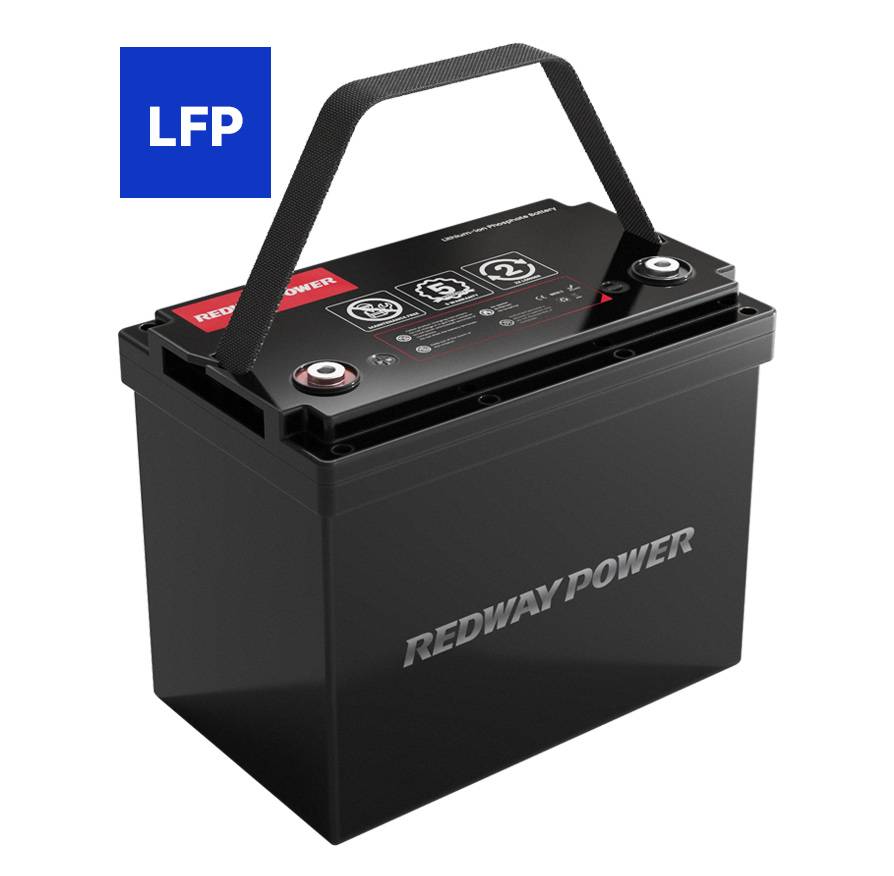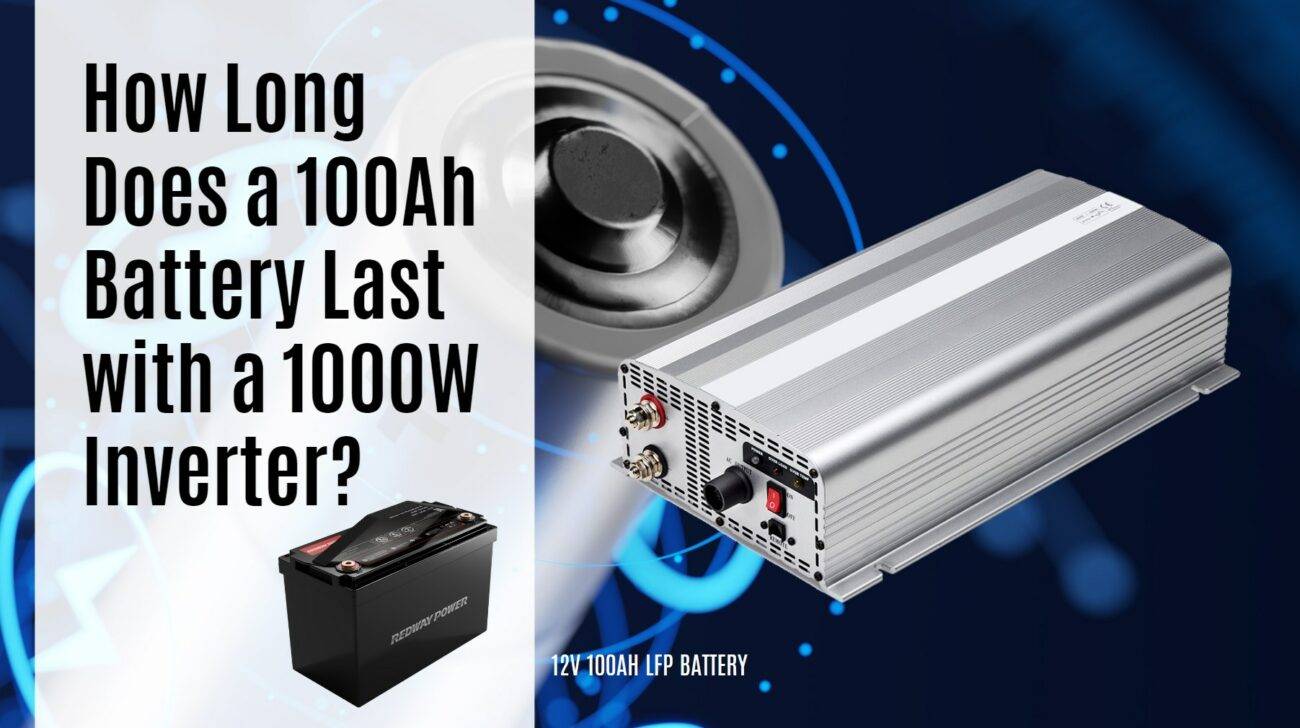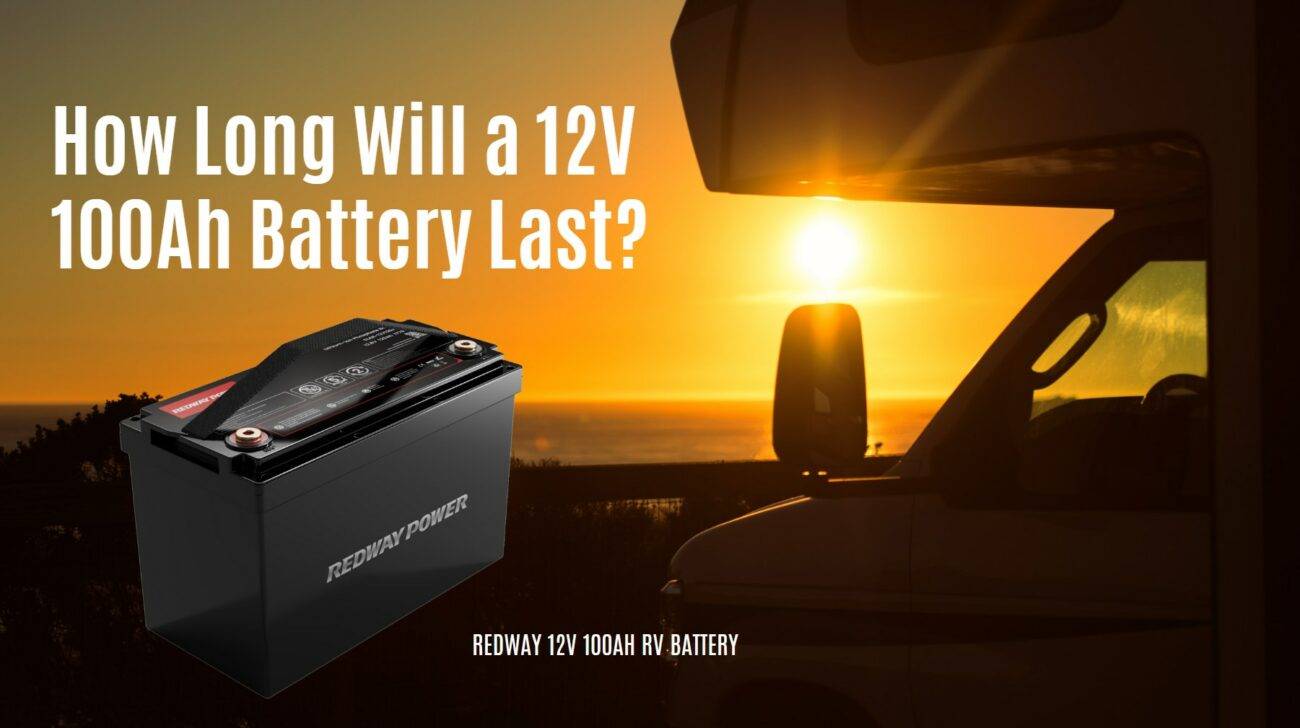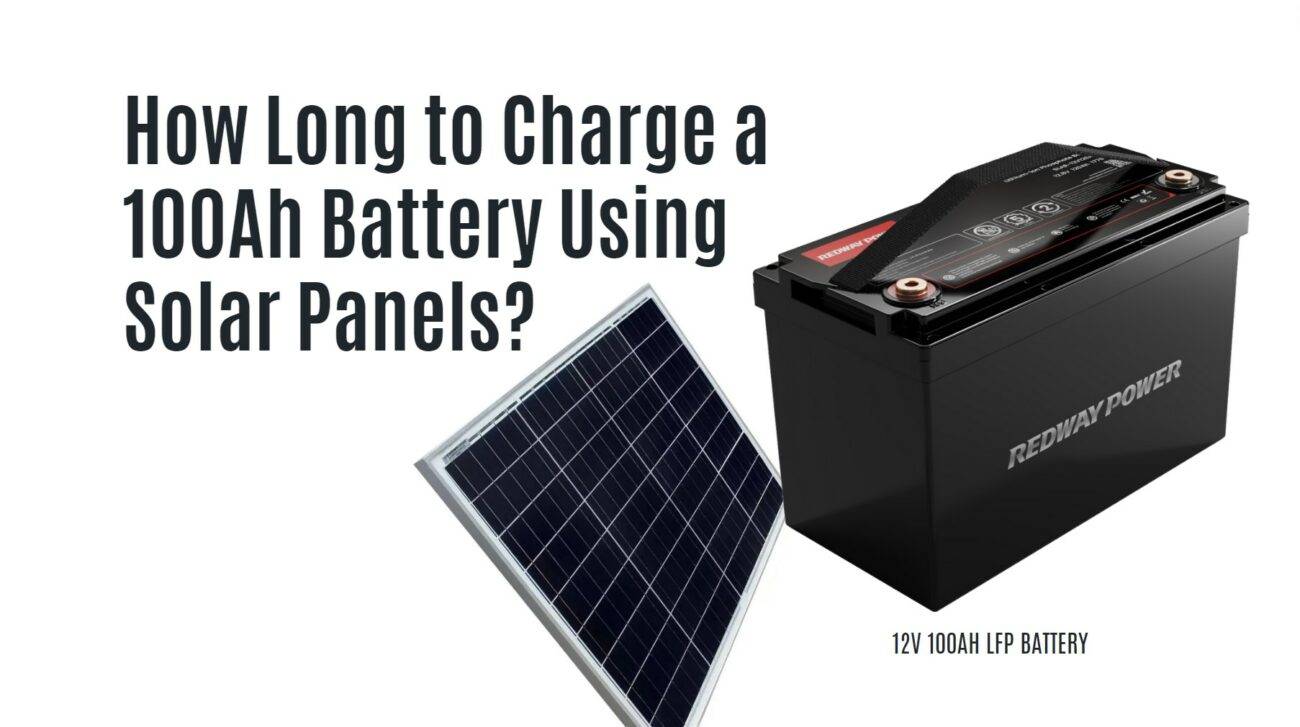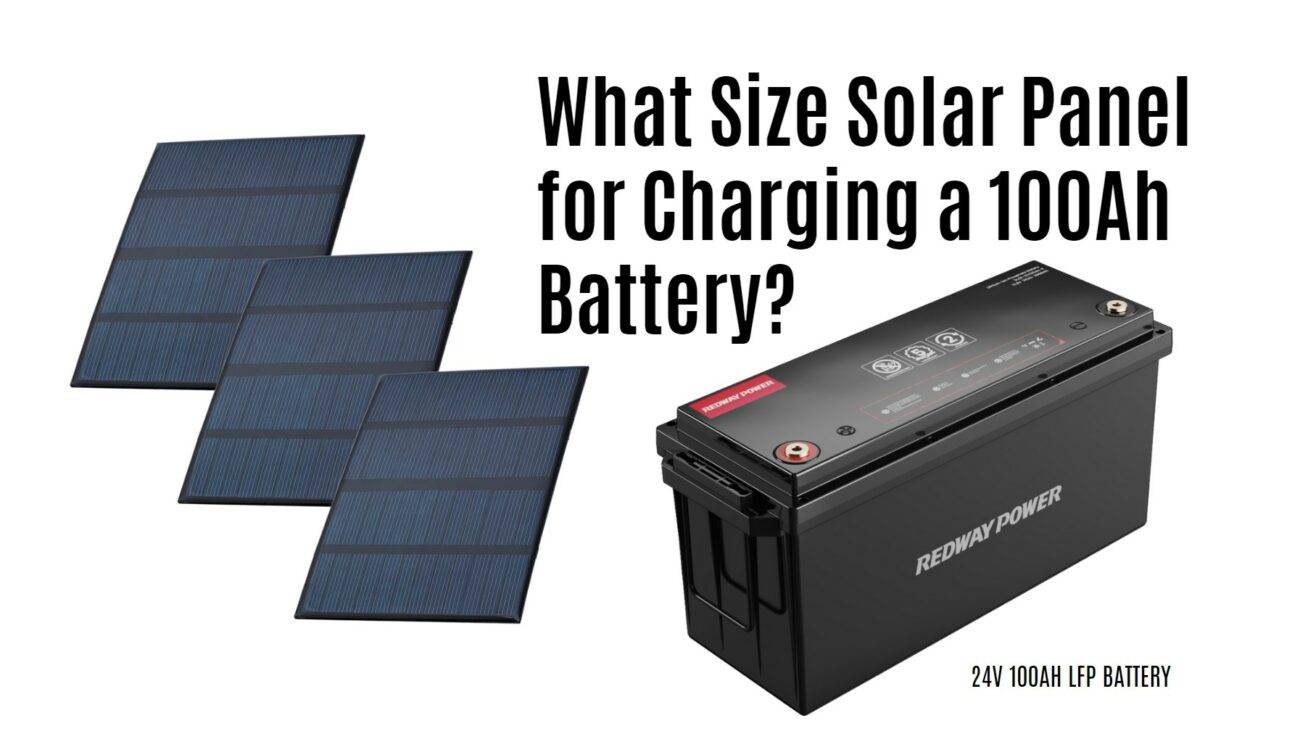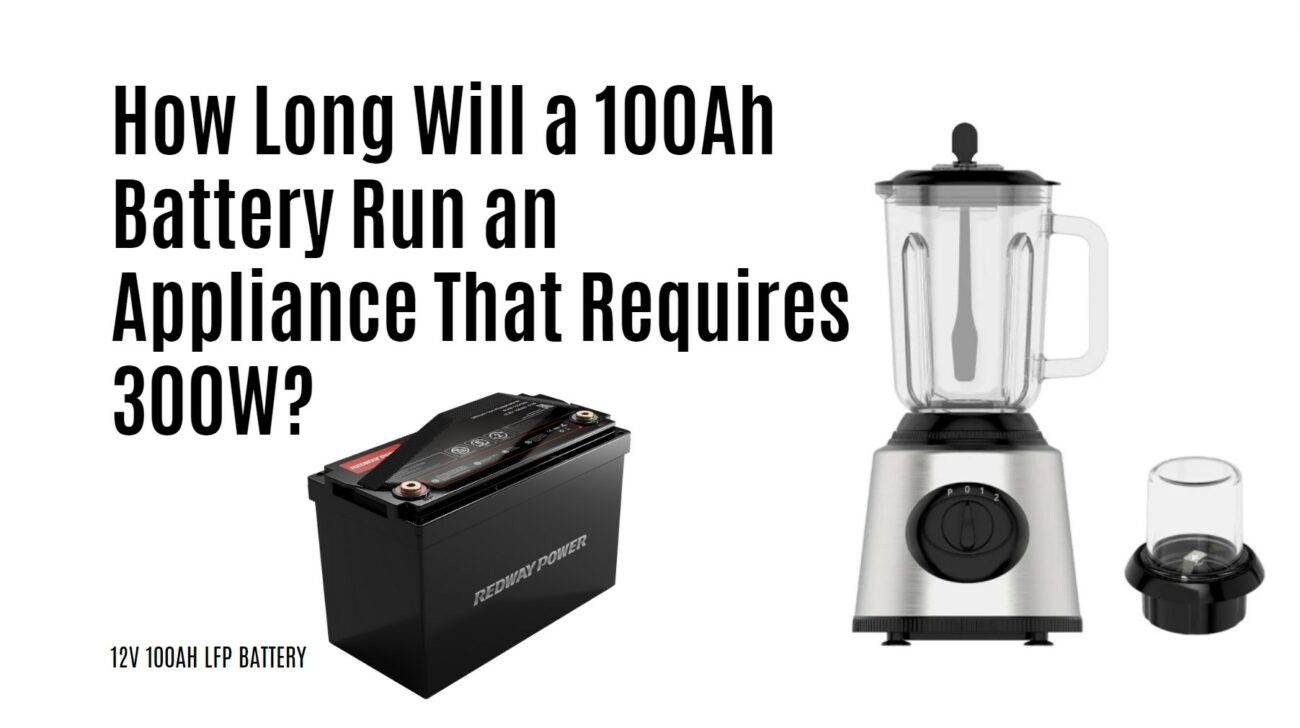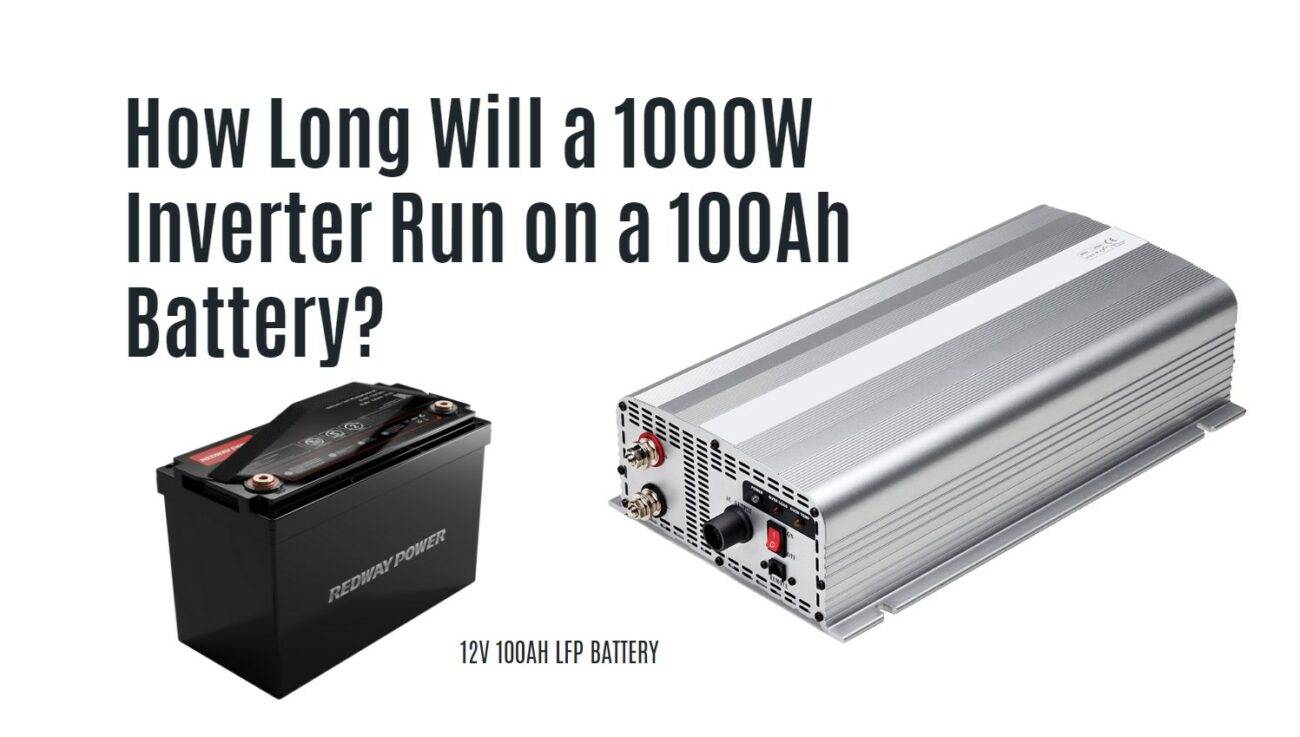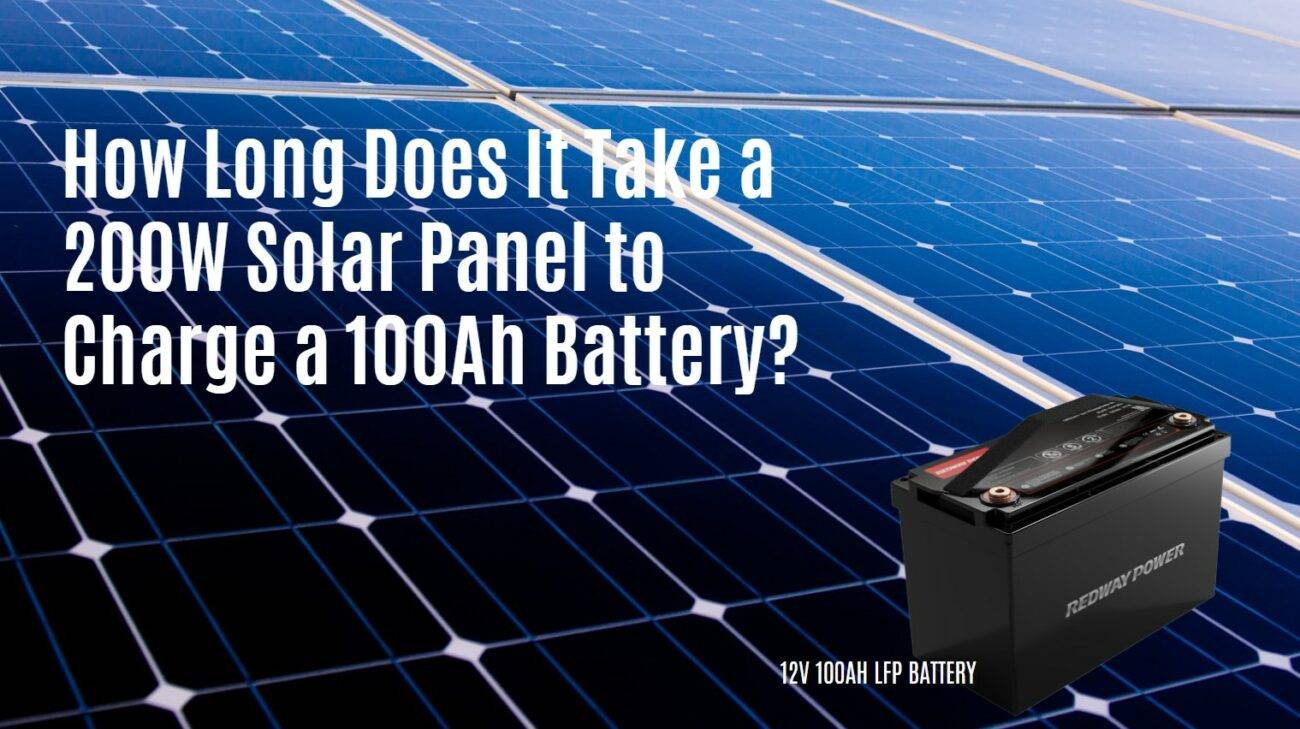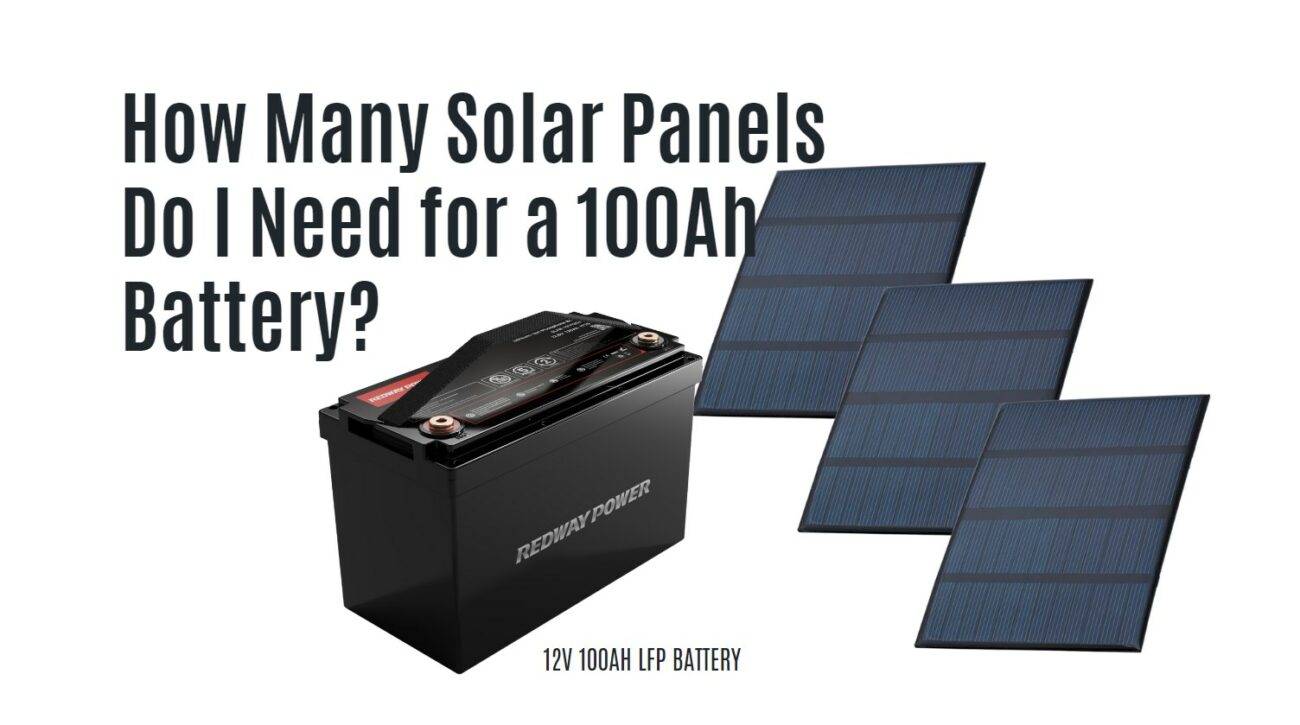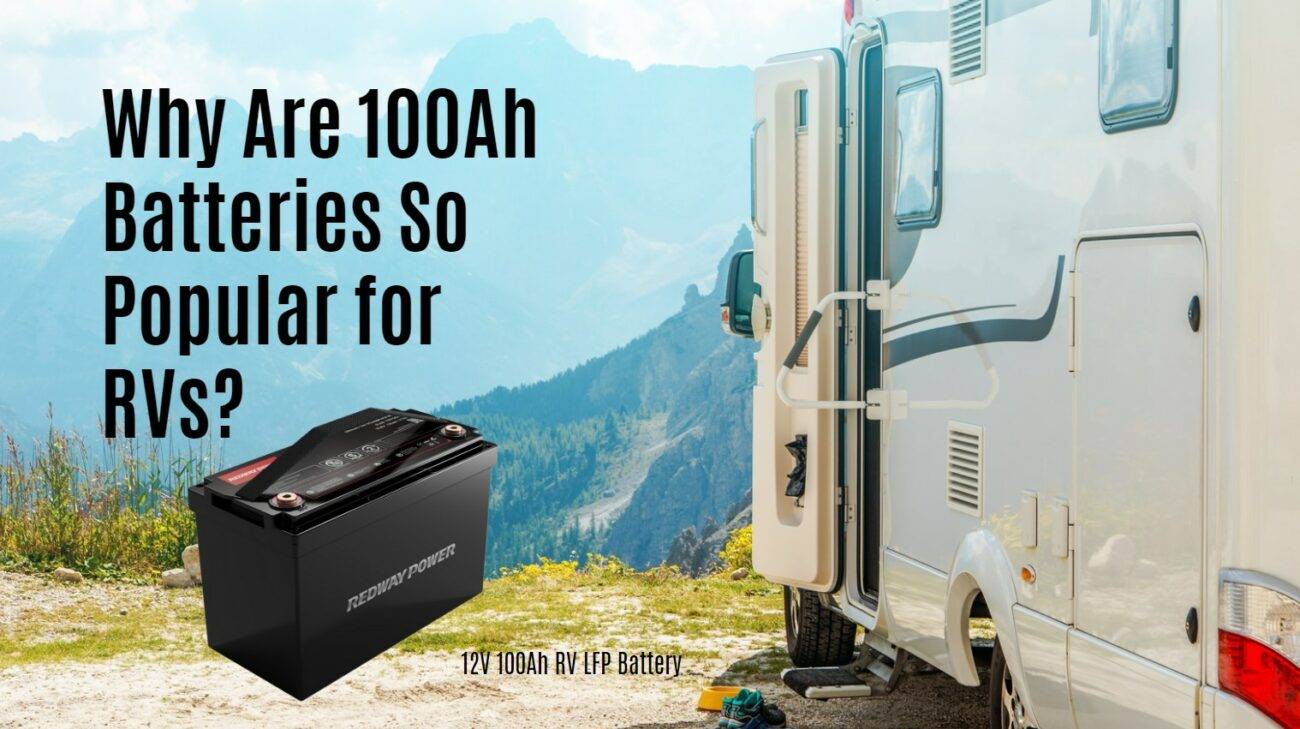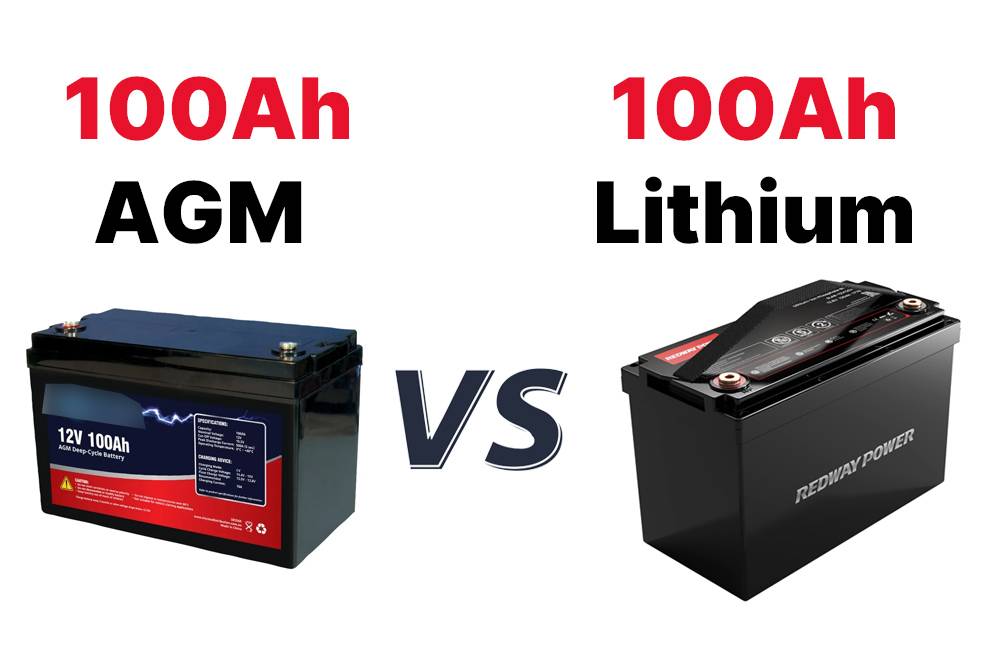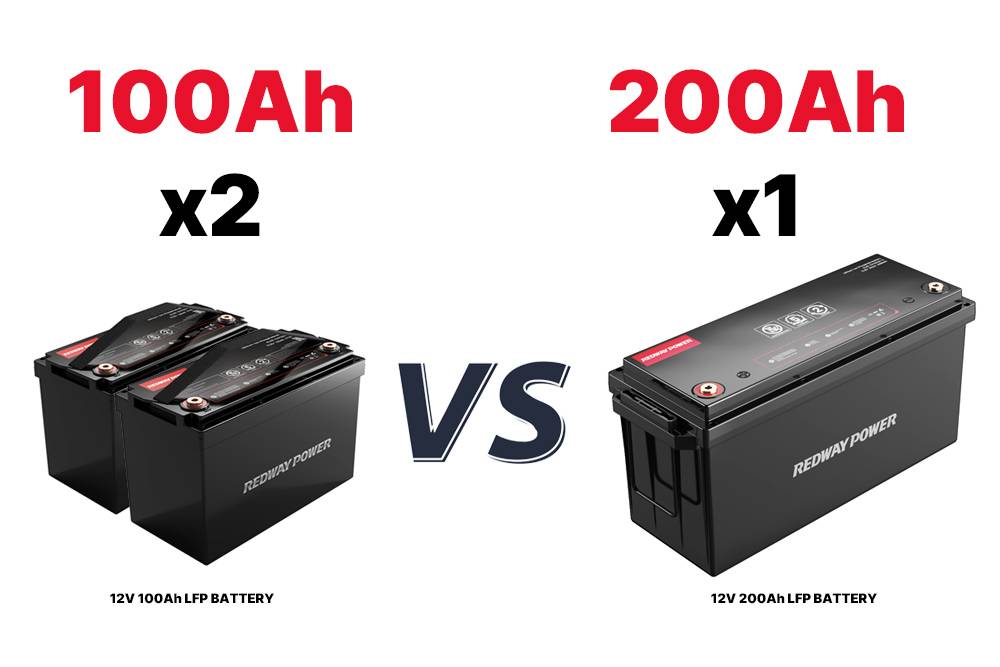- Lithium Golf Cart Battery
- Forklift Lithium Battery
-
48V
- 48V 210Ah
- 48V 300Ah
- 48V 420Ah (949 x 349 x 569 mm)
- 48V 420Ah (950 x 421 x 450 mm)
- 48V 456Ah
- 48V 460Ah (830 x 630 x 590 mm)
- 48V 460Ah (950 x 421 x 450 mm)
- 48V 460Ah (800 x 630 x 600 mm)
- 48V 460Ah (820 x 660 x 470 mm)
- 48V 500Ah
- 48V 560Ah (810 x 630 x 600 mm)
- 48V 560Ah (950 x 592 x 450 mm)
- 48V 600Ah
- 48V 630Ah
-
48V
- 12V Lithium Battery
12V 150Ah Lithium RV Battery
Bluetooth App | BCI Group 31
LiFePO4 Lithium
Discharge Temperature -20°C ~ 65°C
Fast Charger 14.6V 50A
Solar MPPT Charging - 24V Lithium Battery
- 36V Lithium Battery
- 48V Lithium Battery
-
48V LiFePO4 Battery
- 48V 50Ah
- 48V 50Ah (for Golf Carts)
- 48V 60Ah (8D)
- 48V 100Ah (8D)
- 48V 100Ah
- 48V 100Ah (Discharge 100A for Golf Carts)
- 48V 100Ah (Discharge 150A for Golf Carts)
- 48V 100Ah (Discharge 200A for Golf Carts)
- 48V 150Ah (for Golf Carts)
- 48V 160Ah (Discharge 100A for Golf Carts)
- 48V 160Ah (Discharge 160A for Golf Carts)
-
48V LiFePO4 Battery
- 60V Lithium Battery
-
60V LiFePO4 Battery
- 60V 20Ah
- 60V 30Ah
- 60V 50Ah
- 60V 50Ah (Small Size / Side Terminal)
- 60V 100Ah (for Electric Motocycle, Electric Scooter, LSV, AGV)
- 60V 100Ah (for Forklift, AGV, Electric Scooter, Sweeper)
- 60V 150Ah (E-Motocycle / E-Scooter / E-Tricycle / Tour LSV)
- 60V 200Ah (for Forklift, AGV, Electric Scooter, Sweeper)
-
60V LiFePO4 Battery
- 72V~96V Lithium Battery
- Rack-mounted Lithium Battery
- E-Bike Battery
- All-in-One Home-ESS
- Wall-mount Battery ESS
-
Home-ESS Lithium Battery PowerWall
- 24V 100Ah 2.4kWh PW24100-S PowerWall
- 48V 50Ah 2.4kWh PW4850-S PowerWall
- 48V 50Ah 2.56kWh PW5150-S PowerWall
- 48V 100Ah 5.12kWh PW51100-F PowerWall (IP65)
- 48V 100Ah 5.12kWh PW51100-S PowerWall
- 48V 100Ah 5.12kWh PW51100-H PowerWall
- 48V 200Ah 10kWh PW51200-H PowerWall
- 48V 300Ah 15kWh PW51300-H PowerWall
PowerWall 51.2V 100Ah LiFePO4 Lithium Battery
Highly popular in Asia and Eastern Europe.
CE Certification | Home-ESS -
Home-ESS Lithium Battery PowerWall
- Portable Power Stations
What is the Maximum Charging Current for a 100Ah 12V Battery?
On January 3, 2024
Comments Off on What is the Maximum Charging Current for a 100Ah 12V Battery?

The maximum charging current for a 100Ah, 12V battery typically ranges from 10A to 30A, depending on the battery type and manufacturer specifications. For optimal performance and longevity, charging at around 20A (20% of capacity) is recommended, ensuring safe and efficient charging.
Table of Contents
ToggleWhat is the Maximum Charging Current for a 100Ah Battery?
For a 100Ah battery in a 12V system, the maximum charging current is generally recommended to be around 30A, which corresponds to approximately 30% of its capacity. This limit helps prevent overcharging and potential damage to the battery.
| Battery Type | Recommended Max Charging Current |
|---|---|
| Lead-Acid | 10A – 30A |
| Lithium-Ion | Up to 50A |
| AGM | Up to 30A |
| Gel | Up to 30A |
How Does Battery Type Influence Maximum Charging Current?
Battery chemistry significantly influences how much current can be safely applied during charging:
- Lead-Acid Batteries: Typically accept a maximum charging current of about 10% to 30% of their capacity.
- Lithium-Ion Batteries: Can often handle higher currents, sometimes up to 50% of their capacity, allowing for faster charging.
- AGM and Gel Batteries: Similar to lead-acid, these types generally have a maximum charging current around 30%.
Understanding these differences is crucial for selecting appropriate chargers.
What Factors Affect the Maximum Charging Current?
Several factors can affect the maximum charging current for a 100Ah battery:
- Battery Chemistry: Different chemistries have varying tolerances for charging currents.
- Temperature: Higher ambient temperatures can increase acceptance of charging current, while lower temperatures may reduce it.
- State of Charge: A fully discharged battery can initially accept more current than one that is partially charged.
- Manufacturer Specifications: Always refer to specific guidelines provided by the manufacturer regarding maximum charging currents.
How Can You Calculate the Maximum Charging Current?
To calculate the maximum charging current for a 100Ah battery, you can use this formula:
Maximum Charging Current=Battery Capacity×Charge RateMaximum Charging Current=Battery Capacity×Charge Rate
For example, if you want to charge at a rate of C/5 (20%):
Maximum Charging Current=100Ah×(1/5)=20AMaximum Charging Current=100Ah×(1/5)=20A
This means that under these conditions, you should not exceed a charging current of 20A.
What are the Best Practices for Charging a 100Ah Battery?
To ensure safe and effective charging of a 100Ah battery, consider these best practices:
- Use compatible chargers designed specifically for your battery type.
- Monitor temperature during charging; excessive heat may indicate overcharging.
- Follow manufacturer guidelines regarding charging currents and voltages.
- Avoid overcharging by utilizing chargers with automatic shut-off features.
Implementing these practices can enhance overall battery health and efficiency.
Why is Following Manufacturer Guidelines Important?
Adhering to manufacturer guidelines is vital for several reasons:
- It helps prevent overcharging, which can lead to excessive heat and damage.
- Following recommended limits ensures efficient energy transfer, maximizing battery capacity.
- It prolongs battery lifespan by reducing wear on internal components.
By sticking to these guidelines, you can significantly enhance your battery’s longevity and performance.
What are the Risks of Exceeding Maximum Charging Current?
Charging a battery with excessive current poses several risks:
- Overcharging: This can cause swelling, leakage, or even explosion in severe cases.
- Heat Generation: Excessive heat can damage internal components and reduce efficiency.
- Reduced Lifespan: Consistently exceeding recommended limits can lead to premature failure.
Adhering to recommended voltage levels mitigates these risks significantly.
What are Alternative Solutions for 100Ah Batteries?
For those dealing with low-voltage batteries or seeking alternatives, consider:
- Upgrading to lithium-ion batteries that offer better performance and longevity compared to traditional lead-acid batteries.
- Products from Redway Power, which provides high-quality lithium-ion solutions tailored for various applications.
Tips for Battery Wholesale Buyers
When purchasing lithium-ion batteries wholesale, consider these key points:
- Assess supplier reliability; look for manufacturers with proven track records like Redway Power, known for its expertise in lithium technology.
- Ensure compliance with safety standards and certifications.
- Understand OEM processes; establish clear communication regarding specifications and order quantities.
Choosing a reputable manufacturer ensures quality products that meet your expectations.
Redway Power Expert Views
“Understanding maximum charging currents is essential in maximizing battery performance,” states an expert from Redway Power. “With over thirteen years in manufacturing lithium-ion batteries, we focus on delivering reliable products that cater to modern energy demands while ensuring safety.”
FAQ Section
- What should I do if my battery shows low charging current?
If your battery’s charging current is below its recommended range, recharge it immediately using an appropriate charger designed specifically for your battery type. - Can I use any charger for my lithium-ion battery?
No, always use a charger specifically designed for lithium-ion batteries to avoid damaging them due to incorrect voltage or current levels. - How often should I check my battery’s charging current?
Regular checks every few weeks are recommended, especially before long-term storage or heavy use periods. - Are there risks associated with incorrect charging currents?
Yes, incorrect currents can lead to overcharging or undercharging, both of which can severely damage your battery and reduce its lifespan. - What alternatives exist if I need a replacement lithium-ion battery?
Consider options like lead-acid or nickel-cadmium batteries; however, ensure they meet your power requirements as they may differ significantly in performance characteristics compared to lithium-ion options.
